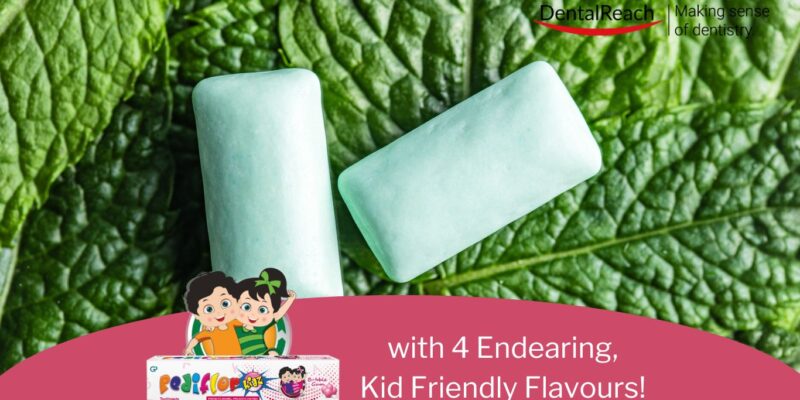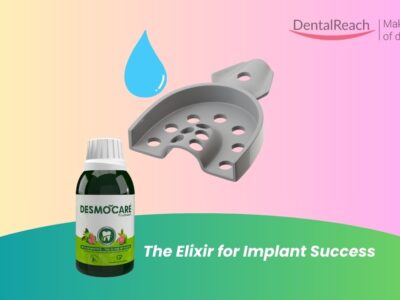Xylitol, a naturally occurring five-carbon polyol sweetener, has gained significant attention for its dental health benefits. Unlike other polyol sweeteners such as sorbitol and maltitol, xylitol is not fermented by oral microbiota, leading to unique advantages in oral health. A systematic review of published data was done using various studies conducted over the past few decades to understand the caries-preventive effects of xylitol chewing gums and candies in children.
The Unique Properties of Xylitol
Xylitol stands out from other sweeteners due to its ability to promote mineralization by increasing saliva flow when used in chewing gum. Saliva plays a crucial role in neutralizing acids produced by bacteria in the mouth, thereby protecting teeth from decay. More importantly, xylitol consumption has been shown to reduce the acid production potential of dental plaque significantly. Several randomized clinical trials suggest that habitual xylitol gum consumption decreases counts of caries-associated mutans streptococci more effectively than sorbitol or other polyol gums.
Clinical Evidence Supporting Xylitol
The clinical trials on xylitol date back to the 1970s with the Turku Sugar Studies, which demonstrated that substituting sucrose with xylitol resulted in virtually no new caries lesions. Subsequent studies have supported these findings:
- Mutans Streptococci Reduction: Habitual xylitol gum chewing reduces counts of mutans streptococci.
- Plaque Reduction: Regular use also appears to reduce dental plaque amounts.
- Mother-Child Studies: Maternal consumption of xylitol has been linked to reduced early transmission of mutans streptococci and lower caries occurrence in children.
These “xylitol effects” are attributed to inhibiting bacterial growth and reducing adhesive plaque due to lower extracellular polysaccharides.
Key Findings from Recent Reviews
Our review aimed at evaluating literature from 1974–2022 reveals several key points:
- Efficacy in High/Moderate Caries Levels:
- Xylitol chewing gum shows a clinically significant reduction in dental caries among children with high or moderate baseline levels.
- Comparison with Sorbitol/Polyols:
- The effectiveness may differ from other polyols like sorbitol but requires further research.
- Surface-Specific Benefits:
- Xylitol gum potentially offers higher benefits for active incipient lesions on buccal or lingual surfaces.
However, no definitive conclusion could be drawn about the efficacy of xylitol candies due to insufficient data.
Conclusion
The findings underscore that adding xylitol chewing gum to daily oral hygiene routines can significantly reduce dental caries occurrences among high-risk children and adolescents. While it cannot replace fundamental practices like brushing with fluoride toothpaste twice daily and limiting sucrose intake, it serves as an effective supplementary measure. Dental professionals can confidently recommend xylitol products as part of a comprehensive approach to preventing tooth decay.
Further research is necessary to explore specific comparisons between different polyols and comprehensively evaluate alternative forms like candies under various risk conditions.
Read the full research here: doi: 10.1007/s40368-024-00875-w




















Comments